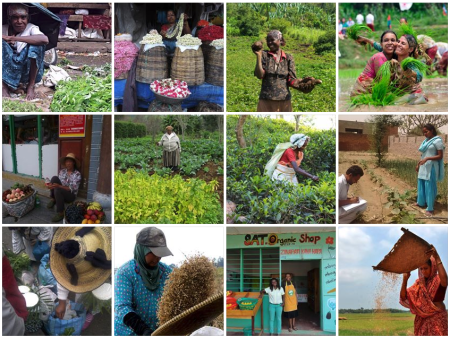The International Wheat Congress kicks off in Sydney this week, with its stellar lineup of speakers, and social media accoutrements, to remind us that, despite all the talk of gluten intolerance and the like, wheat is a big deal…
Countries where wheat provides more than 1/3 of daily calories: Braun #IWC9 pic.twitter.com/SRjCegCBkW
— CIMMYT (@CIMMYT) September 21, 2015
…it’s under threat, but CGIAR is on it:
About 70 percent of spring bread and durum wheat varieties released globally over the 20-year period between 1994 and 2014 were bred or are derived from wheat lines developed by [CGIAR]… Benefits of CGIAR wheat improvement research, conducted mainly by the International Maize and Wheat Improvement Center (CIMMYT) and the International Center for Agricultural Research in the Dry Areas (ICARDA), range from $2.8 billion to $3.8 billion a year…which highlights the economic benefits of international collaboration in wheat improvement research.
